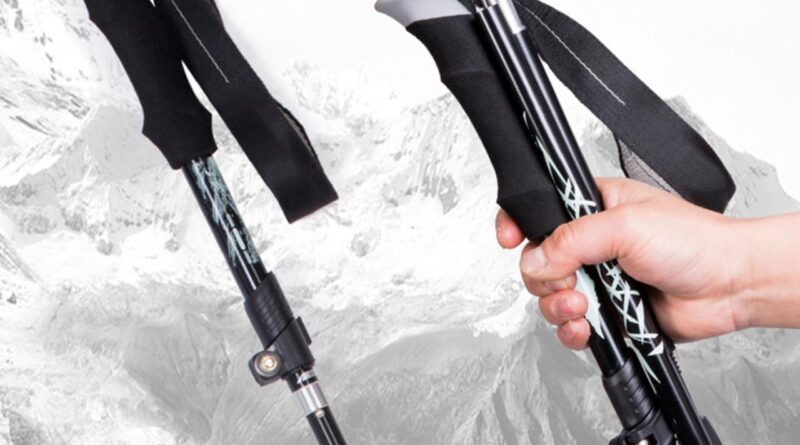Poles For Hiking And Trekking: A Comprehensive Guide
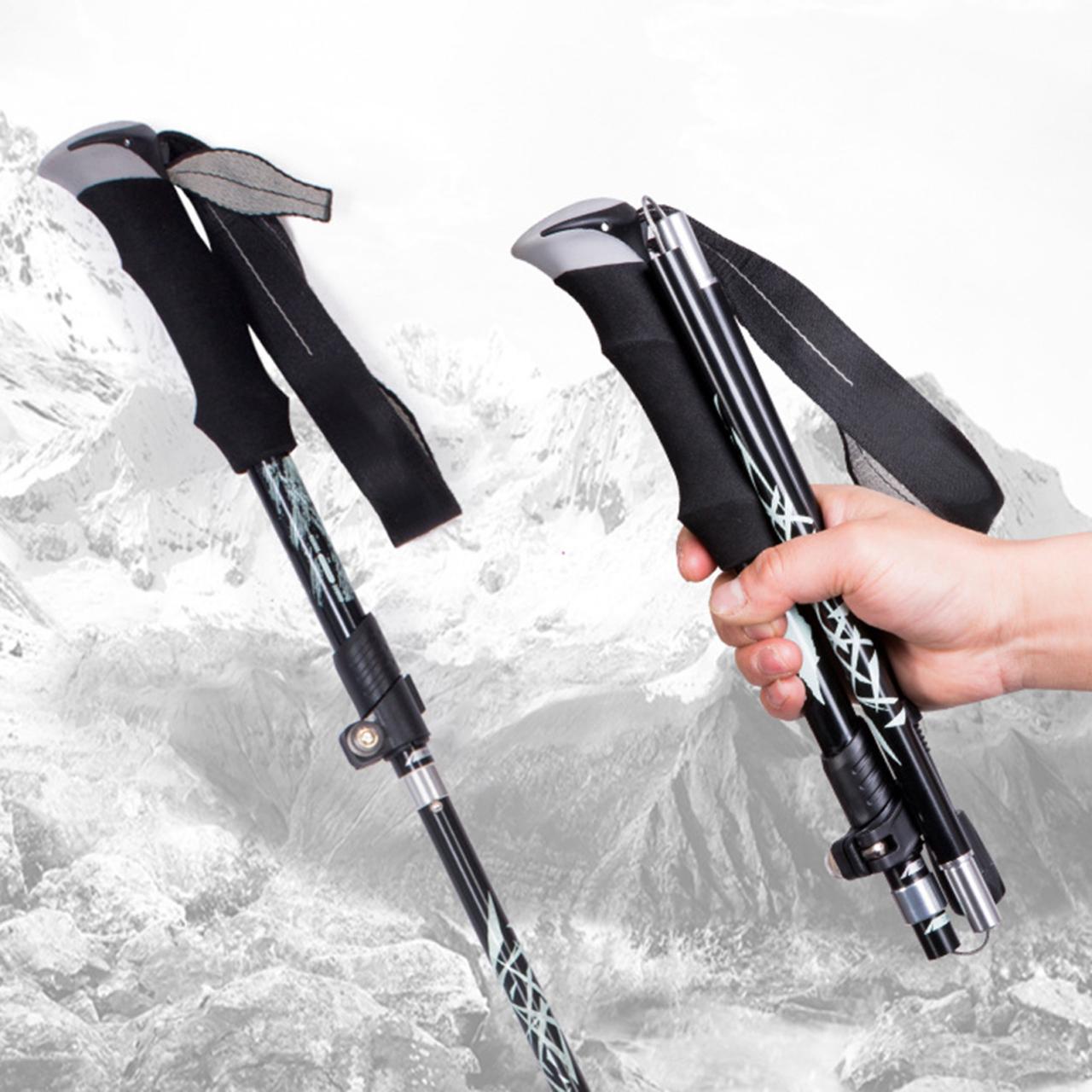
Poles for Hiking and Trekking: A Comprehensive Guide
Introduction
Hiking and trekking poles are essential gear for outdoor enthusiasts, providing stability, support, and balance on challenging trails. They can reduce strain on joints, improve posture, and enhance overall comfort during long hikes. This comprehensive guide will delve into the various types, features, and benefits of hiking and trekking poles, empowering you to make an informed decision when choosing the perfect pair for your adventures.
Types of Hiking and Trekking Poles
1. Fixed-Length Poles:
- Non-adjustable poles with a fixed length.
- Ideal for hikers who prefer a consistent height and don’t need to adjust the poles on the go.
- Often lighter and more durable than adjustable poles.
2. Adjustable Poles:
- Poles with adjustable lengths, allowing for customization to suit different terrains and user heights.
- Versatile and suitable for a wide range of hikers.
- May be slightly heavier and less durable than fixed-length poles.
3. Telescoping Poles:
- Adjustable poles that collapse into multiple sections for easy storage and transportation.
- Compact and convenient for backpackers and travelers.
- May be less durable than fixed-length or adjustable poles.
Features to Consider
1. Material:
- Aluminum: Lightweight, durable, and affordable.
- Carbon Fiber: Ultralight, stiff, and expensive.
- Composite: A blend of materials, offering a balance of weight, durability, and cost.
2. Grip:
- Cork: Natural, moisture-wicking, and comfortable.
- Foam: Synthetic, durable, and affordable.
- Rubber: Provides a secure grip in wet conditions.
3. Strap:
- Wrist Strap: Attaches to the wrist, preventing the pole from slipping.
- Hand Strap: Wraps around the hand, providing additional support and control.
- Combination Strap: Combines both wrist and hand straps for maximum security.
4. Tip:
- Carbide Tip: Durable and suitable for most terrains.
- Rubber Tip: Provides traction on hard surfaces and reduces noise.
- Interchangeable Tips: Allows for customization based on trail conditions.
5. Anti-Shock System:
- Reduces shock and vibrations transmitted to the arms and shoulders.
- Can improve comfort and reduce fatigue on long hikes.
Benefits of Using Hiking and Trekking Poles
1. Stability and Support:
- Poles provide additional points of contact with the ground, enhancing stability on uneven terrain.
- They can help prevent falls and reduce the risk of injuries.
2. Reduced Joint Strain:
- Poles transfer weight from the legs to the arms, reducing strain on knees, ankles, and hips.
- This can be particularly beneficial for hikers with joint pain or injuries.
3. Improved Posture:
- Using poles encourages proper posture, reducing slouching and back pain.
- They help maintain a natural stride and prevent fatigue.
4. Enhanced Balance:
- Poles provide additional balance, especially on slippery or steep trails.
- They can help hikers navigate obstacles and maintain their footing.
5. Increased Efficiency:
- Poles can help hikers move more efficiently by propelling them forward and reducing energy expenditure.
- They can also improve coordination and rhythm.
Choosing the Right Poles
1. Height:
- Choose poles that are the correct height for your body.
- Measure from the ground to your elbow, then subtract 10-15 cm for fixed-length poles or 5-10 cm for adjustable poles.
2. Terrain:
- Consider the terrain you will be hiking on.
- Telescoping poles are convenient for backpackers, while fixed-length poles are more durable for rugged trails.
3. Weight:
- Lighter poles are easier to carry, but heavier poles may be more durable.
- Choose poles that balance weight and durability based on your needs.
4. Features:
- Decide which features are important to you, such as anti-shock systems, interchangeable tips, or comfortable grips.
- Consider your budget and prioritize the features that will enhance your hiking experience.
Care and Maintenance
1. Cleaning:
- Clean poles regularly with a damp cloth and mild soap.
- Avoid using harsh chemicals or abrasives.
2. Lubrication:
- Lubricate the locking mechanisms and moving parts periodically with a silicone-based lubricant.
- This will ensure smooth operation and prevent wear and tear.
3. Storage:
- Store poles in a dry and cool place when not in use.
- Avoid exposing them to extreme temperatures or direct sunlight.
Conclusion
Hiking and trekking poles are invaluable tools for outdoor enthusiasts, providing stability, support, and comfort on challenging trails. By understanding the different types, features, and benefits of poles, you can choose the perfect pair to enhance your hiking experience. With proper care and maintenance, your poles will be a reliable companion for many adventures to come.
5 Best Poles for Hiking and Trekking
1. Black Diamond Trail Ergo Cork Trekking Poles
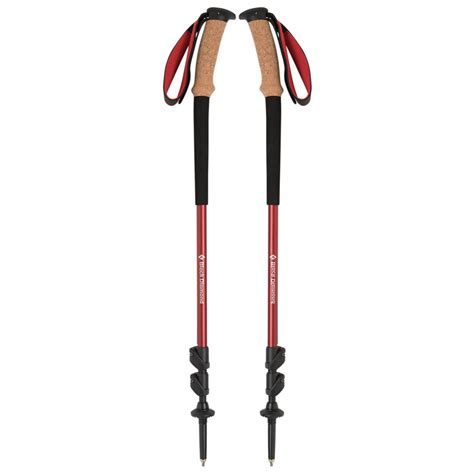
- Ergonomic cork grips for comfort and moisture wicking
- Adjustable FlickLock Pro levers for quick and secure length changes
- Durable aluminum construction with a tungsten carbide tip for stability
2. Leki Micro Vario Carbon Trekking Poles
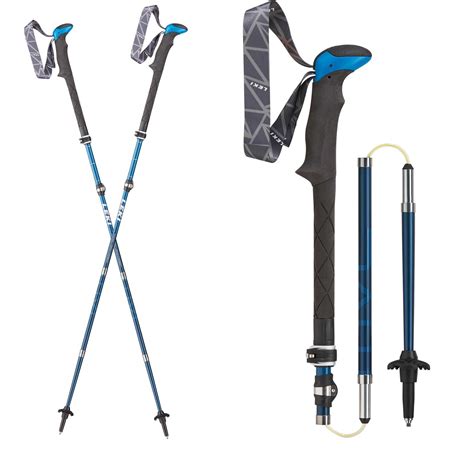
- Lightweight carbon fiber construction for reduced fatigue
- Speed Lock 2 system for easy and secure length adjustment
- Ergonomic Aergon Air grips for enhanced comfort
3. Komperdell Carbon C3 Trekking Poles

- Ultra-lightweight carbon fiber shafts for maximum efficiency
- Power Lock 3.0 system for quick and reliable length adjustments
- Ergonomic EVA foam grips for comfort and shock absorption
4. MSR DynaLock Ascent Carbon Trekking Poles
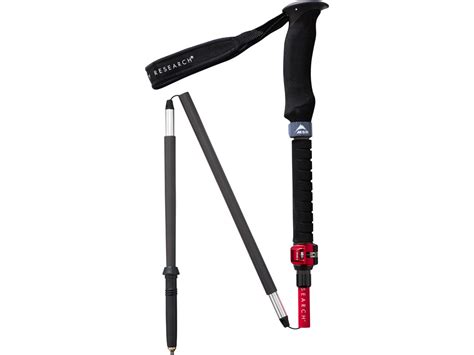
- Durable carbon fiber construction with a Dyneema webbing core
- DynaLock system for secure and easy length adjustments
- Ergonomic cork grips with extended EVA foam for added comfort
5. Cascade Mountain Tech Carbon Fiber Trekking Poles
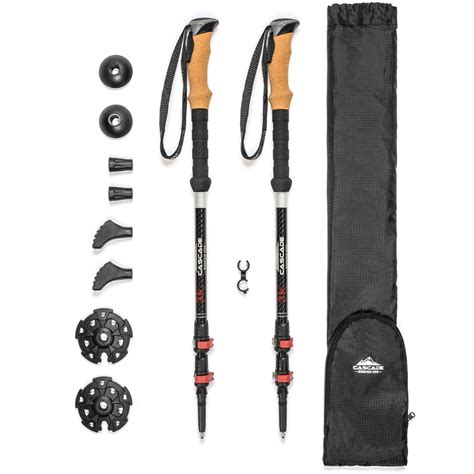
- Affordable carbon fiber construction for a lightweight and durable option
- Quick Lock system for fast and secure length adjustments
- Ergonomic cork grips with adjustable wrist straps for comfort and support
